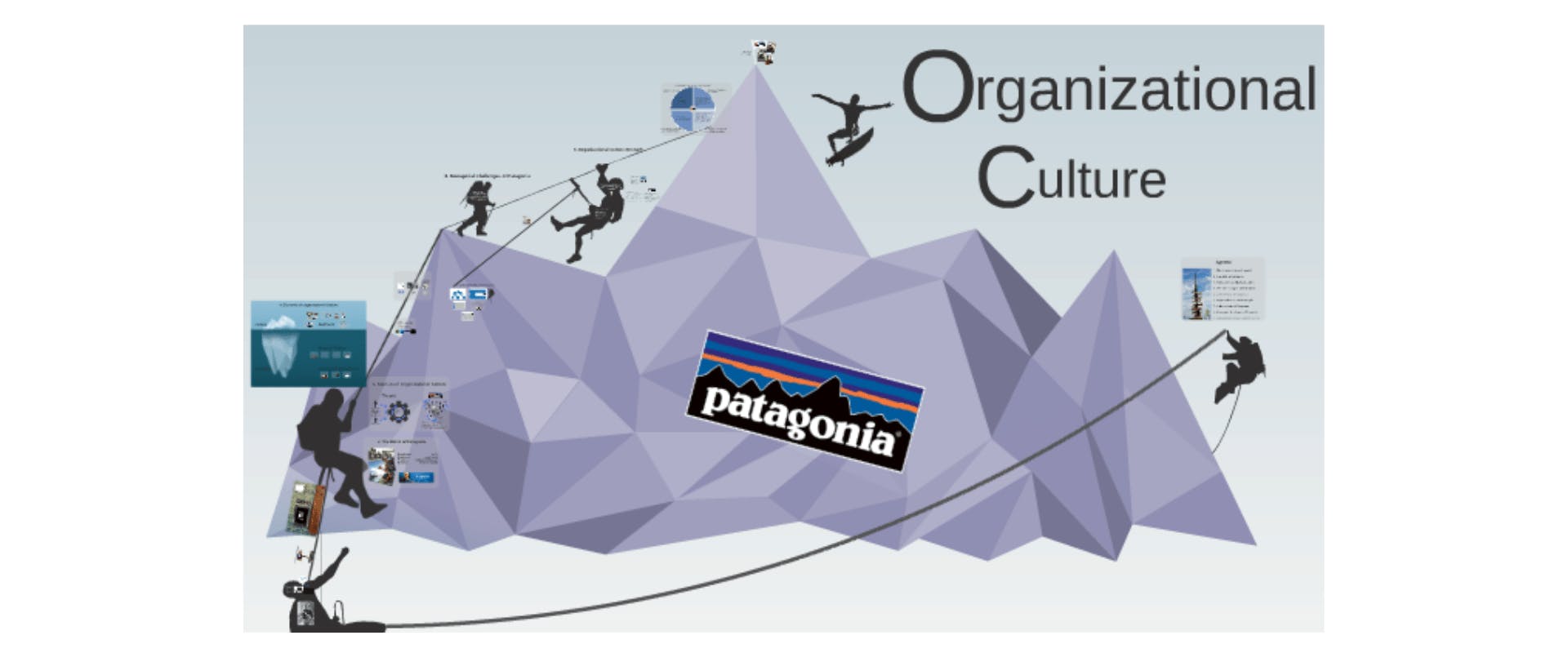 Go back to list of posts
Go back to list of postsHow to Build a Company Culture That Attracts Talent
October 19, 2025
A strong company culture attracts and keeps the right people. It defines how your organization operates and what employees experience every day. People do not stay only for pay. They stay for purpose, trust, and growth.
According to a 2024 Glassdoor study, 77% of job seekers consider company culture before applying for a role. The same report found that 56% of workers value culture more than salary. A positive workplace culture increases productivity, reduces turnover, and strengthens corporate branding.
This guide explains what workplace culture is, how it influences hiring, the main company culture types, and examples of organizations with strong cultures. You will also learn practical steps to build a culture that attracts and retains talent.
Introduction: Why Company Culture Attracts Talent
Company culture shapes every interaction inside and outside your organization. It defines how employees treat each other and customers. A clear culture improves engagement and collaboration. According to a 2023 Gallup survey, teams with high engagement show 21% higher profitability and 59% lower turnover. These outcomes are direct results of cultural alignment.
Candidates today evaluate company culture before they apply. They read employee reviews, analyze diversity data, and review leadership values. If your culture reflects openness, respect, and growth, you will attract professionals who share those principles.
You will learn how to:
• Define and strengthen your workplace culture
• Identify which culture type fits your organization
• Apply lessons from leading companies
• Build teams that communicate and grow together
What Is Workplace Culture
Workplace culture means how people behave, think, and interact at work. It includes values, leadership, communication, and recognition. In simple terms, workplace culture is the personality of your organization.
| Core elements of workplace culture | Definition |
|---|---|
Values | The principles that guide actions and decisions. |
Behavior | What people do daily, not what is written in policy. |
Leadership style | How leaders influence and support teams. |
Communication | How information flows across departments. |
Recognition | How the company acknowledges effort and success. |
According to Deloitte’s 2023 Global Human Capital Trends report, 94% of executives and 88% of employees believe workplace culture is essential for success. Companies with strong cultures experience up to 4 times higher revenue growth than those without one
Culture shapes performance. When people understand shared values and trust their leaders, they perform better. When culture is unclear, performance suffers.
Types of Company Culture
Each organization has a unique identity. Still, most fit within four main company culture types described in the Competing Values Framework.
| Competing Values Framework | Characteristics |
|---|---|
Clan Culture | • Focuses on people, teamwork, and shared goals. |
Adhocracy Culture | • Encourages innovation and risk-taking. |
Market Culture | • Driven by performance and competition. |
Hierarchy Culture | • Structured with clear procedures and stability. |
No single type is best. The right culture depends on your goals, industry, and people. The key is authenticity and consistency.
Five Company Culture Examples That Inspire
Google’s culture encourages innovation. Employees are given 20% of their work time for personal projects. This policy produced major products such as Gmail. Google invests in psychological safety, allowing employees to share ideas without fear. According to Comparably’s 2024 survey, 88% of Google employees feel their work environment supports creativity.
Patagonia
Patagonia builds culture around purpose. Its mission, “We’re in business to save our home planet,” guides decisions and operations. Employees receive flexible schedules to enjoy nature and volunteer for environmental causes. In 2022, Patagonia transferred ownership to a trust to ensure profits fund environmental initiatives. This action reinforced cultural authenticity and increased retention by 12%.

Zappos
Zappos prioritizes happiness and customer care. New hires receive cultural training before starting technical work. The company once offered $2,000 to any new employee who wished to quit after training, to ensure only those aligned with company values stay. This practice keeps retention rates above 85%.
HubSpot
HubSpot promotes flexibility and inclusion. Its HEART values—Humility, Empathy, Adaptability, Remarkableness, Transparency—shape decisions and behavior. HubSpot’s hybrid work policy and open communication help maintain employee satisfaction levels above 90%.
These examples show how culture and business performance connect. Strong culture drives engagement, innovation, and long-term success.
How to Build a Company Culture That Attracts and Retains Talent
| Goal | Information |
|---|---|
Define Your Core Values | Identify 3 to 5 key values that define your organization. Values such as integrity, innovation, and respect must guide all actions. Display them on internal channels, performance reviews, and onboarding sessions. |
Lead by Example | Leaders influence behavior. Employees follow what leaders do more than what they say. Show consistency between actions and company values. Create clear expectations and hold everyone accountable. |
Prioritize Communication and Transparency | Use clear channels for Effective Business Communication. Regular meetings and open Q&A sessions reduce confusion. Share company goals and progress. According to Harvard Business Review, transparency builds trust and lowers employee turnover by up to 30% |
Celebrate Diversity and Inclusion | Inclusive workplaces make better decisions. McKinsey’s 2023 Diversity Wins report found that companies in the top quartile for gender diversity on executive teams were 39% more likely to outperform on profitability (https://www.mckinsey.com) |
Invest in Learning and Growth | Offer leadership development programs that prepare employees for higher responsibility. Learning opportunities increase engagement and retention. LinkedIn’s 2023 Workforce Learning Report showed that 94% of employees would stay longer if their company invested in their growth (https://learning.linkedin.com) |
Measure Engagement and Collect Feedback | Use anonymous surveys to understand employee sentiment. Track engagement scores quarterly. Address issues quickly. Companies that measure engagement regularly experience 25% lower absenteeism (Gallup, 2024). |
These actions turn culture from a concept into a daily habit.
Common Mistakes When Defining Company Culture
Many organizations fail because they treat culture as branding instead of behavior. Avoid these mistakes:
❌ Leaving culture to HR. Every employee shapes culture.
❌ Ignoring feedback. Silence leads to disengagement.
❌ Confusing perks with purpose. Free snacks do not replace leadership.
❌ Failing to act on stated values. Inconsistency destroys trust.
Culture must connect with measurable actions. If your value is teamwork, reward collaboration. If your value is innovation, share internal innovation examples and success stories.
Final Thoughts
Culture impacts brand, communication, and performance. Corporate branding depends on how employees represent your company. If people believe in your mission, they become ambassadors who attract both customers and candidates.
Strong culture also depends on clear communication. Effective Business Communication prevents misunderstandings and builds trust between departments. Teams that communicate clearly complete projects faster and report 20% higher satisfaction (source: PMI, 2023, https://www.pmi.org).
Culture also drives innovation. When teams feel safe to propose ideas, innovation examples appear naturally in your processes and products. Encourage experimentation through structured programs or hackathons.
Finally, connect culture to leadership development programs. Train managers to coach instead of command. When leadership is supportive, employees grow with the company instead of leaving it.
Frequently Asked Questions
What are examples of company culture?
Examples include collaborative, innovative, hierarchical, and performance-oriented cultures. Google, Patagonia, and Netflix each reflect a different approach.
What are examples of organizational culture?
Examples include customer-focused, learning-based, and sustainability-driven organizations such as Amazon, Microsoft, and Patagonia.
What is the definition of team culture?
Team culture means the shared habits and mindset of a group within the organization. It is how members communicate, collaborate, and support each other. Team culture connects directly to the overall organizational culture.



